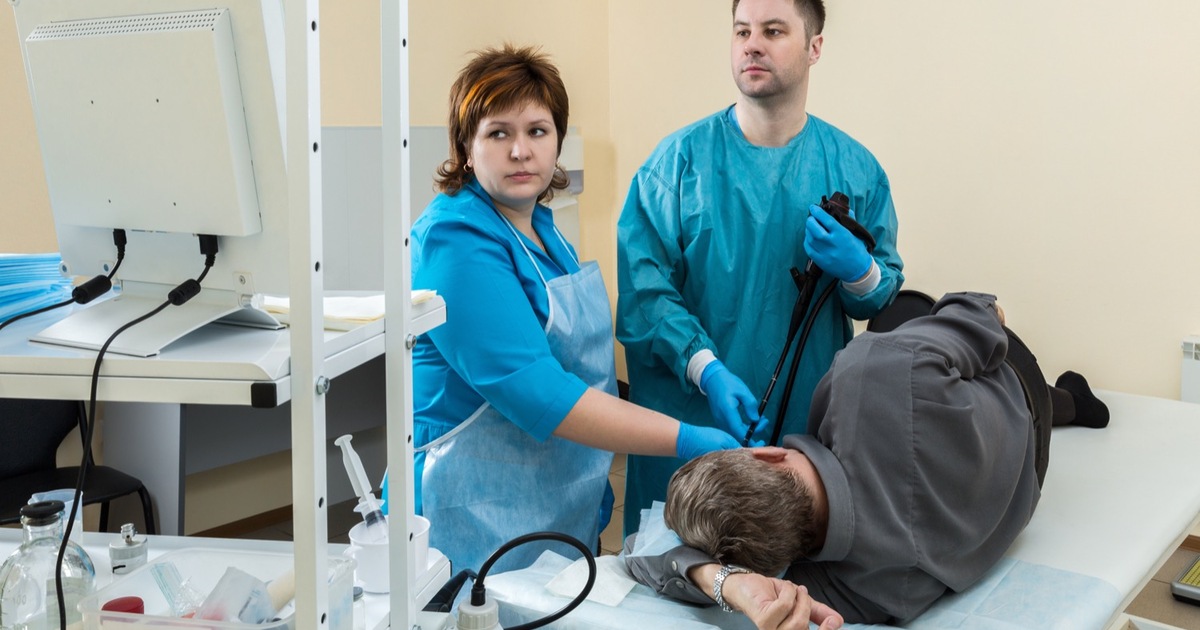Options For Treating Barrett's Esophagus
Treatment For Gastroesophageal Reflux Disease
Barrett's esophagus is a complication connected to gastroesophageal reflux disease. Because of this, treatment for GERD will help stop the progression of the abnormal esophageal lining. Usually, for mild cases of GERD, an individual will be advised to take over the counter antacids and make diet changes. If this does not help treat gastroesophageal reflux disease, medications that decrease the production of stomach acid called H-2-receptor blockers may be recommended. These medications do not work as rapidly as antacids do, though they do provide relief for a longer duration. If these measures do not help with an individual's GERD symptoms, a physician may prescribe proton pump inhibitors, which stop the production of stomach acid altogether. Another medication may be used that helps strengthen the sphincter between the stomach and esophagus. Taking this medication helps the sphincter stay closed so it cannot allow stomach acid to flow back up into the esophagus. For more advanced cases of gastroesophageal reflux disease, surgical procedures are available to treat the disease. If a patient's GERD can be managed successfully, their Barrett's esophagus will not continue to worsen.
Uncover more details on how to treat Barrett's esophagus now.
Periodic Endoscopy

A critical factor in treating Barrett's esophagus is the use of a periodic endoscopy to check for cancerous and precancerous tissues. An endoscopy is a procedure utilized to examine a patient's upper digestive tract. This procedure is nonsurgical, and it is performed primarily for monitoring and diagnostic purposes. During this procedure, the individual is sedated in some form so they do not feel any discomfort or pain. The physician then passes the endoscope from the patient's mouth down into their throat, and then it is passed into the esophagus. The physician uses a monitor connected with the camera on the endoscope to inspect the tissues of the esophageal lining. If the physician sees anything concerning during the procedure, they may decide to perform a biopsy while the endoscope is already in place. The recommendation of how often a patient with Barrett's esophagus should have an endoscopy performed will depend on other risk factors such as age and familial history of cancer. Should cancerous tissue be observed in an endoscopy procedure, the patient can have it removed before it has the opportunity to spread.
Discover more methods available for treating Barrett's esophagus now.
